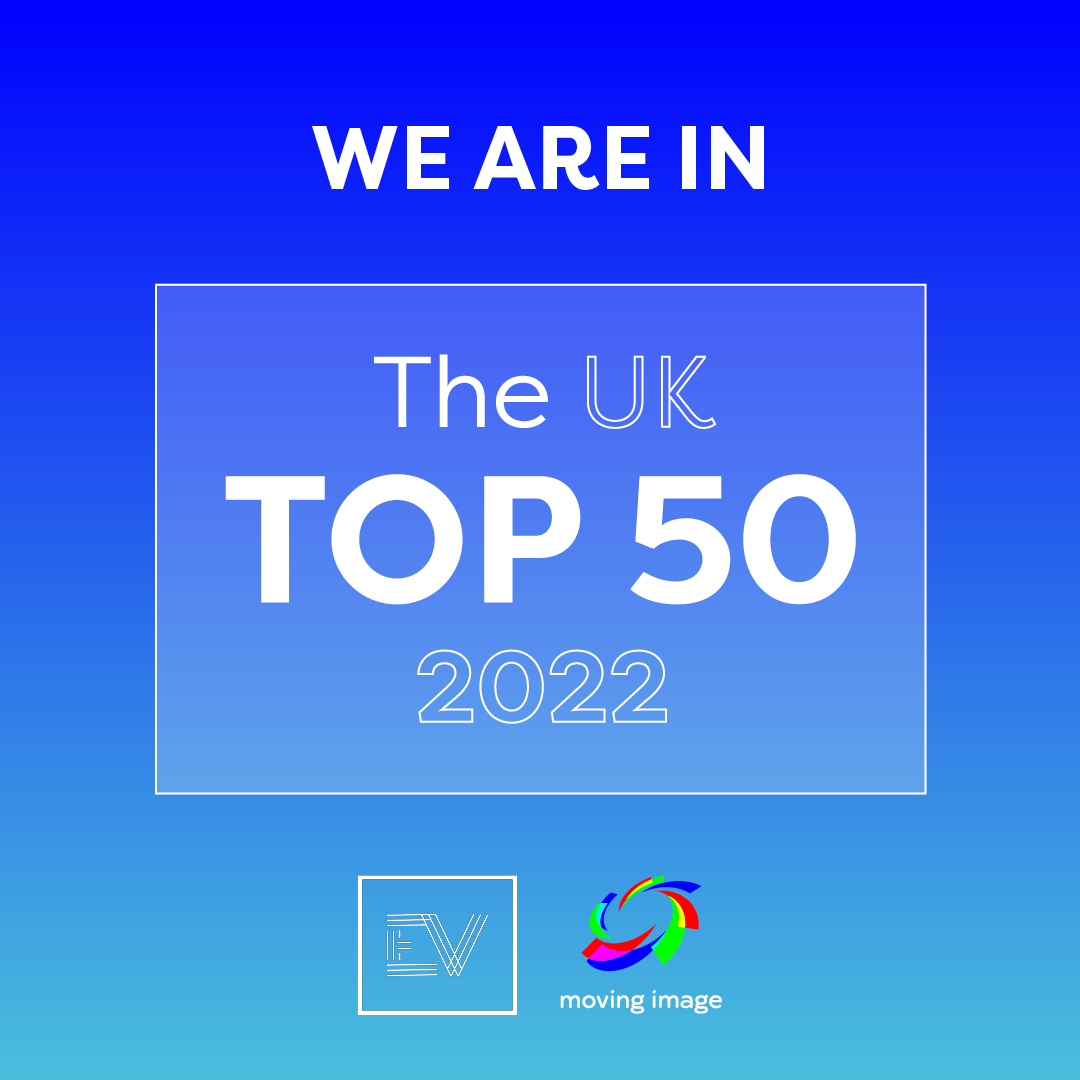FREQUENTLY ASKED QUESTIONS

In our years of experience we often get asked the same things and realise that the jargon and acronyms we use daily aren’t commonly understood. So to make the process that little bit easier here are Bouche’s most frequently asked video production questions, answered.
What’s the difference between animation and motion graphics?
In a nutshell; animation tells a story, motion graphics communicate information/data. They use many of the same skills and software but animation usually applies to content like explainers all the way through to animated films, whereas motion graphics can be used for visualising data or animating a logo or text for a brand film.
Why can’t I just use a popular music track?
The answer is you often can but the costs can be huge and the process complicated. Licensing of popular music can be controlled by a combination of the artist, management and record label or all three who all have to agree on a fee and usage. Even if they agree to your plans for the track you then have to be prepared to pay the costs, which usually start at £10k.
We use a range of rights-free sites to make sure we can offer a range of styles and budgets which start at £100 a track.
What do I need to include in a brief?
A brief is so important to the success of a project and the more information you can give us at the start the better.
Some of the key details are the challenge/requirement you want the video to address, the type of audience and practical details like budgets and deadlines. You can see an example here of our briefing form, this helps us to gather the right information before proposing a plan.
How long is a filming day?
Our standard days are 10 hours, which includes travel to and from the venue. So if the travel takes an hour this means we can be on site for eight hours (don’t forget set up and take down times need to be considered too). Days can often be longer than this which can incur overtime charges but this can often be cheaper than arranging a second shoot day.
Why bother with subtitles?
Accessibility. Subtitles mean your content can be understood by people who are hearing impaired but also so much content is now viewed without audio on social media that they’re a vital part of the video.
How much does a film cost?
Costs can vary considerably depending on the project but our live action (eg shot with cameras) projects start at £3.5k and animation/motion graphics at £5k.
Why do we need 2 cameras?
We nearly always use two, if not three, cameras for filming people speaking and interviews. Having two cameras gives you two angles to cut from the in edit, so whenever you want to cut something you can switch to the other angle. Not only can this give the impression of better delivery by the speaker or cut out coughs or stumbles, but it also means you can shape what they are saying and the use of two angles can also keep the viewer engaged, rather than one static shot. The options provided by two cameras are especially important if you don’t have any other shots to use (eg footage of the subject matter) to cover up edits.
How long does a project take?
Most of our projects are completed within two months, this covers from date of the proposal being accepted through the production process to delivery of the final content, and may be for a project requiring 10 days of production work.
Our shortest projects can be completed in 2-3 days but these will usually be spread over a week or two to factor in stakeholder planning and feedback.
What’s a project fee?
A project fee is used to pay for all the things we need to make content, and run as a business, that aren’t covered by the production charges in the budget. This includes things like our computers, software subscriptions (we have over 100!), office rent, insurance, etc etc. In short – everything apart from the video you receive.
What are GVs /b-roll?
This refers to footage used to accompany an interview or documentary and often placed over the voice of the speaker or narrator. This can be of the subject matter or surroundings, which not only makes the content richer but allows you to hide cuts in the primary footage of the speaker (A-roll!). We nearly always shoot b-roll with an interview, or use other visuals in its place like stock footage or motion graphics.
GV’s means General Visuals.
Can’t we just record it on our phones?
Smartphone cameras are amazingly good quality and definitely good enough to create professional quality visuals. The main problems are that they can’t record audio to a professional level and you still need the skills and experience to create content to a high enough standard. Many firms produce films shot on iPhones but what they won’t advertise is the amount of extra kit, production support and post production needed to create a polished final product – which can often exceed the costs for shooting with more regular equipment.
We often suggest clients use smartphones for staff to contribute their own content and the special requirements of using that footage can be planned for.
Even if good footage is captured on a phone, the quality of the final film is often achieved in the edit, if you have these skills great, but if not you want to consider help at this stage.
How much feedback should I provide?
We usually offer two rounds of feedback and this works for most projects, so it’s worth ensuring you have everyone’s feedback accounted for in the first round.
How long should our film be?
There’s no perfect duration. It all depends on the subject matter, audience, format and objectives. Youtube claims viewing drops after the first 6-10 seconds and after 1 minute 90% of viewers have stopped watching. So we recommend keeping content to 1-2 minutes at the most, and creating clips of 20-30 seconds to go with all projects.
